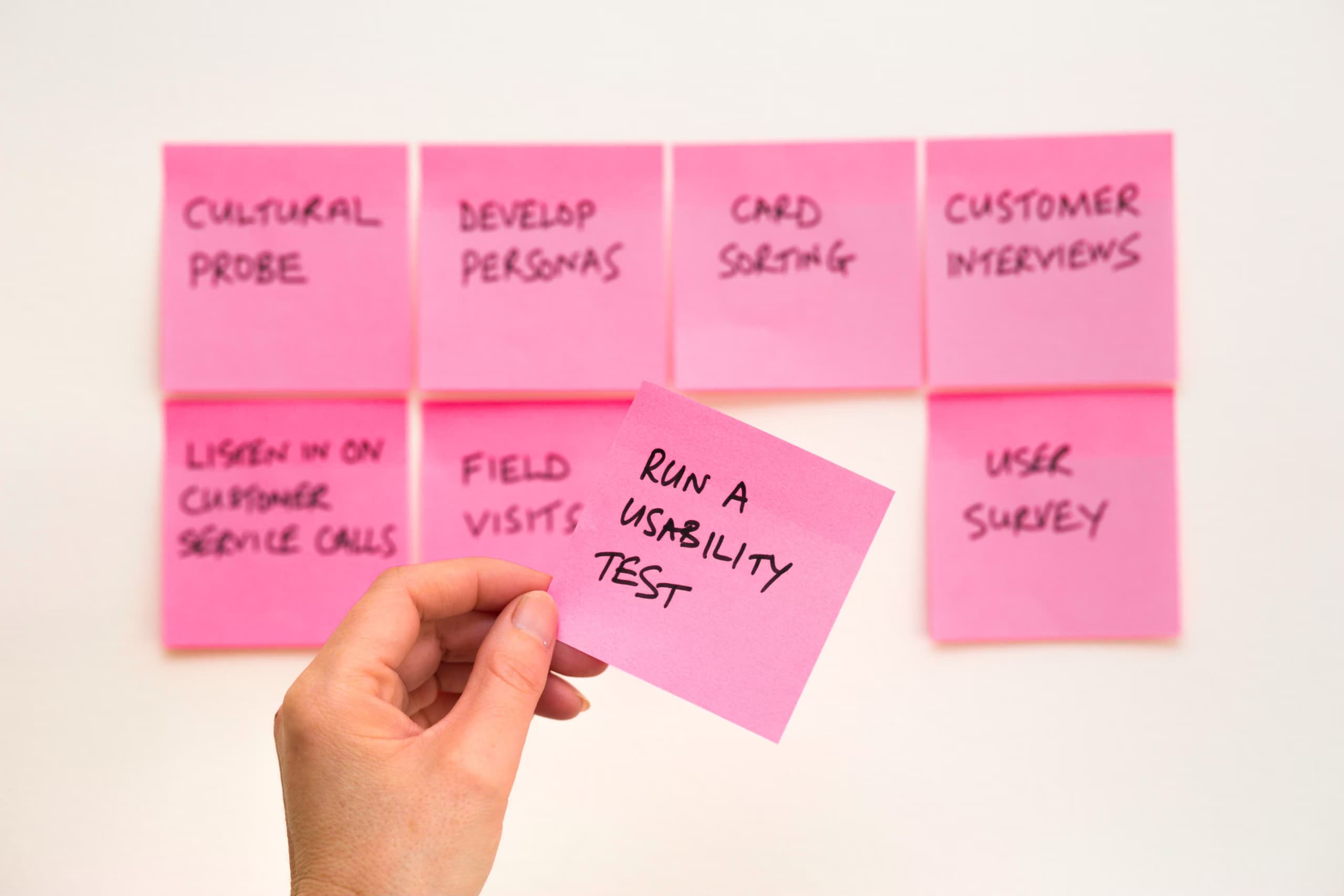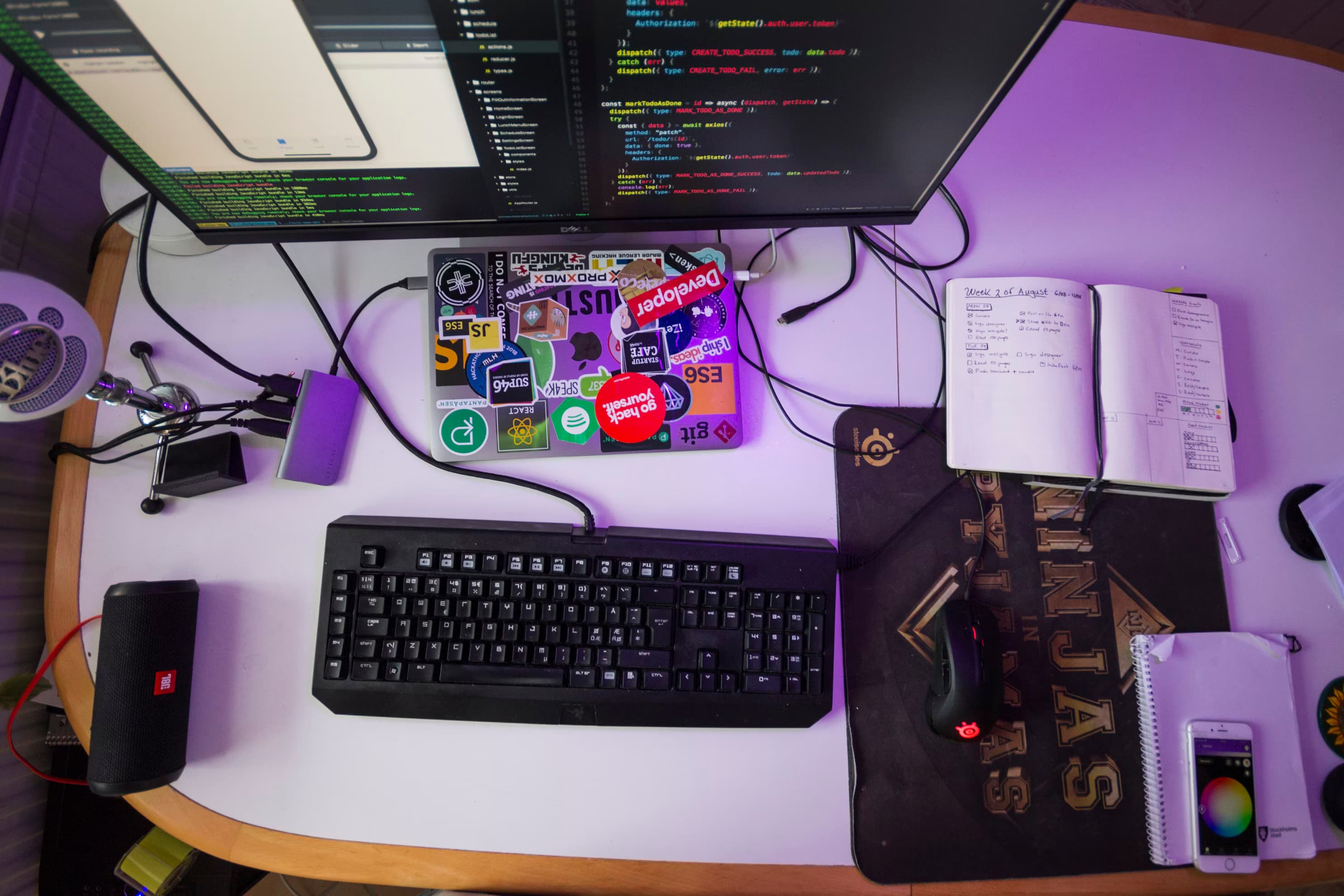Frontend Guild Meetings: Driving Collaboration & Innovation at YoungOnes

What are Guild meetings?
Guild meetings serve as vital forums for collaboration and innovation within organizations, with each meeting tailored to the unique needs of its respective guild. At YoungOnes, where we have different scrum teams, our Frontend Guild meetings play a crucial role in aligning our efforts within the frontend landscape while also facilitating knowledge sharing about the industry.
Structured for Success
Organizing these meetings at YoungOnes requires careful planning to ensure maximum effectiveness. While each guild Frontend, Backend, and Mobile has its distinct agenda, I'll shed light on how our Frontend Guild meetings are structured.
Knowledge Sharing (30 minutes):
In these sessions, developers take the stage to offer insightful glimpses into recent explorations of new technologies, tools, or techniques. What sets these discussions apart is the emphasis on personal learning experiences, fostering an environment where developers feel empowered to share their insights, projects, and experiments.
Innovation Showcase (10 minutes):
This segment allows developers to showcase innovative features, designs, or solutions they've recently implemented. Whether it's a groundbreaking work project or a passion-fueled hobby project, all innovations are celebrated.
Tech Debt Discussion (15 minutes):
Acknowledging and addressing technical debt is crucial for maintaining code quality. During this segment, developers collaborate to identify areas needing attention, share potential solutions, and propose strategies for mitigating technical debt.
Vertical-Specific Challenges (15 minutes):
Each vertical within our organization presents its own unique set of challenges and opportunities. Whether personal or technical, this segment encourages open discussion and problem-solving, fostering a deeper understanding of our collective goals.
Open Floor (15 minutes):
An inclusive environment is key to our success. During this segment, any team member is welcome to raise topics, questions, or concerns not covered in the agenda, ensuring that every voice is heard and valued.
Closing and Action Items (5 minutes):
As the meeting draws to a close, we summarize key takeaways and assign action items as needed. This ensures accountability and follow-through on important discussions and decisions.
Why Guild Meetings Matter
From a personal perspective, guild meetings serve as more than just routine gatherings. They bridge the gap between team members scattered across different projects, fostering connections and meaningful conversations that ultimately elevate our front-end code. Whether discussing new technologies, addressing tech debt, or brainstorming improvements these meetings play a pivotal role in shaping our collective success at YoungOnes.




